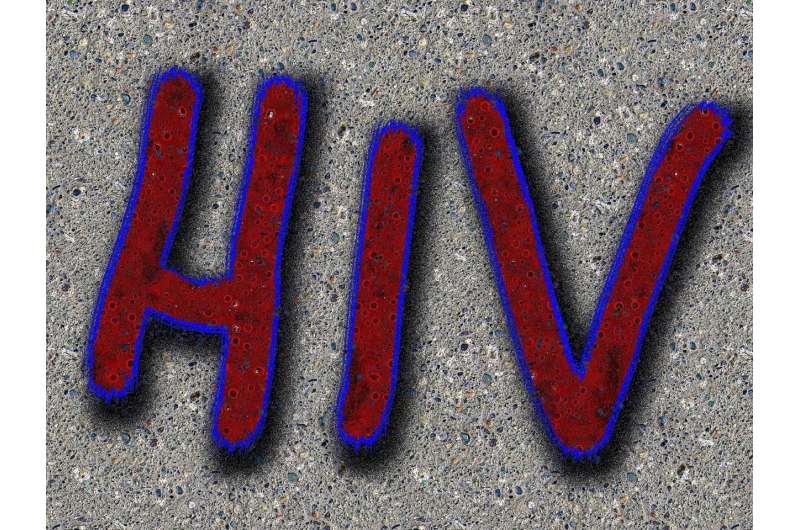This article has been reviewed according to Science X's editorial process and policies. Editors have highlighted the following attributes while ensuring the content's credibility:
fact-checked
peer-reviewed publication
trusted source
proofread
US geographic region results in vastly different anal cancer risk for people with HIV

A new study that followed a cohort of more than 110,000 people establishes significant disparities in the risk of anal cancer for people with HIV and for men who have sex with men with HIV, depending on the region of the country they live in.
It's known that people with HIV have the highest risk of anal cancer, said lead author Ashish A. Deshmukh, Ph.D., co-leader of the Cancer Control Research Program at MUSC Hollings Cancer Center.
But this study, published in the Journal of the National Cancer Institute, is the first to show vast geographic disparities in anal cancer risk and an association with opportunistic illnesses and co-morbidities, like diabetes, chronic kidney disease and cardiovascular disease, for people with HIV.
Almost all cases of anal cancer are caused by the human papillomavirus (HPV). It seems that there's some as-yet-unknown effect, such as inflammation, in people with co-morbidities that allows the HPV to gain a foothold and cause cancer to develop, the paper notes.
People with HIV have a greater relative risk of anal cancer compared with people without HIV, no matter where they live. But the study showed that the relative risk varies across the country—it's higher for people with HIV in the Midwest or South than the West or Northeast.
"In the Northeast, the risk for people with HIV compared to people without HIV is 16-fold higher," Deshmukh said. "But for people with HIV in the Midwest, the risk increases to almost 47.5-fold, reaching nearly 100-fold for men who have sex with men with HIV."
Deshmukh has a few preliminary theories about the causes of these differences but cautioned that this study doesn't attempt to determine the reasons.
"The objective was to understand whether there are disparities and what may be important risk factors," he said. The results of this study provide the foundation for further research into the causes underlying these disparities.
However, he noted that screening rates for anal cancer are relatively higher in the Northeast and West. New York state, for example, stands out as the only state with established guidelines for anal cancer screening, a rarity given the absence of national guidelines and the lack of specific protocols in other states for this relatively rare cancer, among the general population.
Various professional societies have begun to develop screening guidelines. In fact, Deshmukh contributed to the recent International Anal Neoplasia Society's consensus guidelines, published in January.
Those guidelines started with the premise of beginning screening at specific ages based on risk—for example, beginning screening at age 35 for men with HIV who have sex with men and 45 for women with HIV and other men with HIV.
However, this new study suggests that guidelines should consider risk factors like previous opportunistic illnesses or having had a CD4 count below 200. CD4 count is the number of CD4 T-cells, a type of white blood cell, in the blood. A count above 500 is considered healthy, but a count below 200 can trigger an AIDS diagnosis.
More information: Ashish A Deshmukh et al, Recent and projected incidence trends and risk of anal cancer among people with HIV in North america, JNCI: Journal of the National Cancer Institute (2024). DOI: 10.1093/jnci/djae096


















